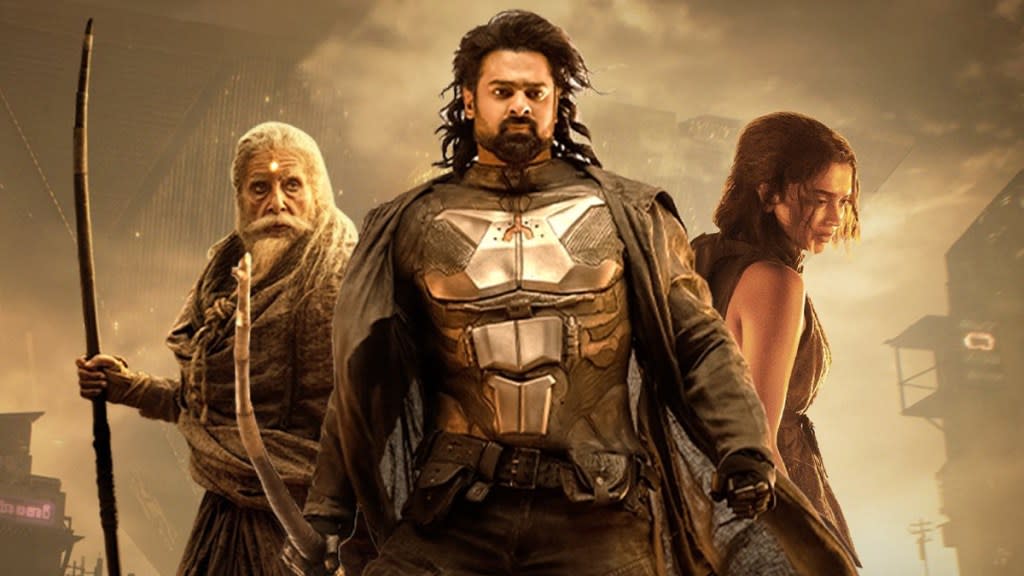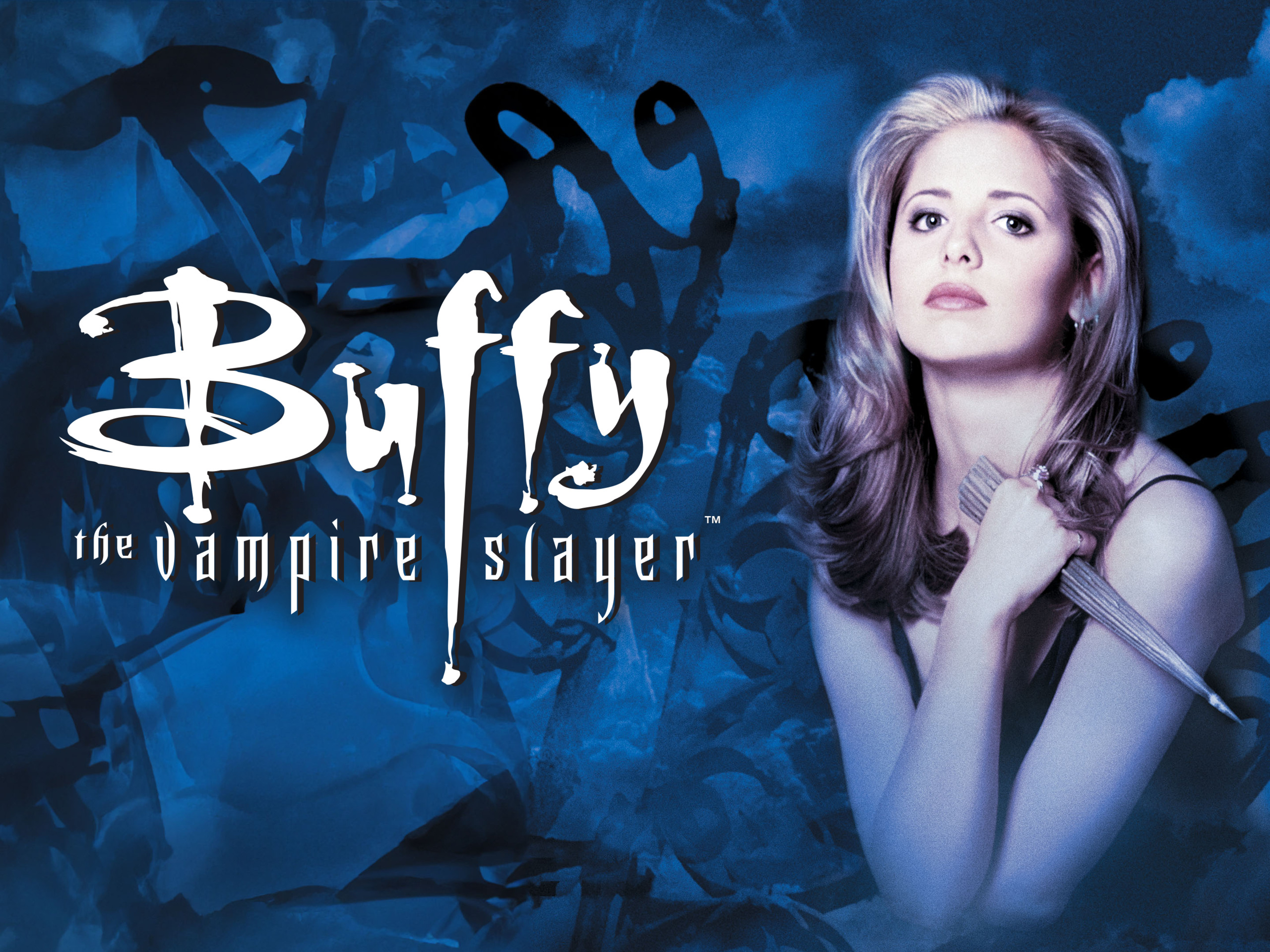Discover the science and technology behind “Toy Story,” “A Bug’s Life,” “Finding Nemo,” and more timeless Pixar films with The Science Behind Pixar, opening at the Museum of Science and Industry, Chicago (MSI) on May 24, 2018. This interactive exhibition showcases the science, technology, engineering, and math (STEM) concepts used by the artists and computer scientists who help bring Pixar’s award-winning films to the big screen.
Guests of all ages can experience the filmmaking process through hands-on activities inspired by some of Pixar’s most treasured films, from the first-ever computer animated feature film “Toy Story,” which opened over two decades ago, to Pixar’s 2015 release, “Inside Out.”
“Pixar’s pioneering technology sits at the intersection of art, engineering and science and shows that there are multiple paths to a STEM career,” said David Mosena, president and CEO of MSI. “As an institution dedicated to inspiring the inventive genius in everyone, we are excited to show guests the unexpected ways that the fundamental skills taught in science learning – problem solving, trial and error and iteration – are utilized to bring these beloved characters to life.”
Created by the Museum of Science, Boston and Pixar Animation Studios, The Science Behind Pixarfeatures more than 40 interactive elements demonstrating the technology that supports the creativity and artistry of Pixar’s storytellers. The exhibit is divided into eight sections, each focusing on a step of filmmaking: Modeling, Rigging, Surfaces, Sets and Cameras, Animation, Simulation, Lighting, and Rendering. Each section provides guests with a behind-the-scenes look at the production process and the concepts used at Pixar every day:
- Sets and Cameras: Guests will discover how a bugs-eye view was achieved for “A Bug’s Life,” through camera angles and large-set design within the computer.
- Modeling: Envision how digital sculptures are created based on sketches from artists.
- Lighting: Solve challenges similar to what Pixar artists faced in creating animated water in “Finding Nemo.”
- Rigging: See how models are given a virtual skeleton to enable the animators to add movement.
- Surfaces: Discover the techniques behind adding color and texture to every surface.
Guests will also have the opportunity to take their photo with human-size recreations of many of their favorite Pixar film characters, including Buzz Lightyear, Dory, Mike and Sulley, Edna Mode, and WALL•E.
To better understand the science and math that goes into creating the worlds and characters of Pixar’s films, guests will hear first-hand from members of the studios’ production teams. They will also be invited to experience different roles within the production pipeline, through screen-based activities and physical interactive elements.
“The Science Behind Pixar is a behind-the-scenes look at how our movies are made,” said Ed Catmull, president of Pixar and Disney Animation Studios. “The interactive exhibition gives people the opportunity to learn about the jobs our filmmakers do every day and tackle similar problems. It’s a great demonstration of how much creativity and imagination is involved in the science, technology, engineering, art and math thinking essential to our filmmaking process.”
The Science Behind Pixar is sponsored locally by BMO Harris Bank and will be at MSI through January 6, 2019. It is not included in Museum Entry and requires an additional timed-entry ticket, $14 for adults and seniors and $11 for children.
“BMO Harris Bank proudly supports the Museum of Science and Industry in their mission to inspire and foster creativity among people of all ages,” said Christopher Begy, U.S. Country Head & CEO, BMO Financial Corp. and MSI trustee. “This interactive exhibition is a great example of what a career in STEM can look like and we’re thrilled to be sponsoring it.”
This exhibition was developed by the Museum of Science, Boston in collaboration with Pixar Animation Studios. © Disney/Pixar. All Rights Reserved. Used Under Authorization.

Streaming
Salaar: Part 1 – Ceasefire

directed by Prashanth Neel, brings a bold and gritty spectacle to the big screen, marking a triumphant return for Prabhas in an action-heavy role. Known for his high-energy, raw style (seen in KGF), Neel continues his signature approach here, blending intense action scenes with grandiose settings reminiscent of epic sagas like Game of Thrones. The film revolves around Deva (Prabhas), a powerful yet calm figure with a complex past, and his involvement in a politically charged power struggle with Prithviraj Sukumaran’s character Varadha. This layered storyline introduces us to the fictitious city of Khansar, where betrayals and power dynamics keep viewers on edge.
Critics generally appreciate Prabhas’s magnetic performance, noting that he captures the larger-than-life heroism he’s celebrated for since Baahubali. His portrayal, paired with intense fight choreography, keeps the audience engaged, particularly during standout sequences that elevate the film’s dramatic intensity. Prithviraj’s character as Deva’s friend adds an intriguing dynamic, though Shruti Haasan’s role feels underused. While fans of action-packed cinema and Prabhas’s iconic style will enjoy the exhilarating visuals and powerful cinematography, some critics feel the plot loses momentum in the second half, with multiple subplots that dilute its emotional depth. The story is intentionally left open-ended, setting the stage for Salaar: Part 2.
Overall, Salaar is an ambitious action film that will satisfy fans of Prabhas and high-octane spectacles. However, those seeking a tight narrative or deep emotional connections might find it lacking. I’d rate it 3.5 out of 5 stars—a solid experience for action enthusiasts, with room for a more focused storyline in its sequel.
Streaming
Review of Kalki 2898 AD on Netflix

Review of Kalki 2898 AD on Netflix
Rating: (4/5)
Kalki 2898 AD, directed by Nag Ashwin, is a visually ambitious sci-fi film featuring an ensemble of Indian cinema legends, including Prabhas, Amitabh Bachchan, and Deepika Padukone. The film is set in a dystopian future with a storyline that weaves mythology and science fiction, creating a unique cinematic experience for viewers.
The film’s narrative unfolds in a futuristic society where technology and ancient themes intersect. It begins with an immersive setup that introduces us to Prabhas’ character, Bhairava, who grapples with complex moral and existential questions in a world marked by political and ethical turmoil. Although the pacing can feel slow in parts, especially as it establishes the mythological underpinnings, the intensity and scope build significantly as the story progresses.
One of the most captivating aspects is the stunning visual effects. The production team, with a budget reportedly over 400 crore INR, utilized advanced CGI to craft expansive landscapes, dramatic space battles, and futuristic cityscapes that resemble scenes from Hollywood sci-fi giants. The action sequences, particularly those featuring Bachchan, stand out with their thrilling choreography and careful dramatic build-up. These sequences balance between traditional Indian cinema stylings and Hollywood’s polished sci-fi tropes.
While Kalki 2898 AD relies heavily on genre conventions, it manages to bring a fresh twist by blending mythological symbolism with modern sci-fi elements. However, some may find the film’s narrative occasionally predictable, and the focus on visual spectacle occasionally overshadows character development. Yet, the powerhouse performances from the lead cast, particularly Bachchan and Padukone, provide the emotional depth needed to keep audiences engaged.
In summary, Kalki 2898 AD is an impressive venture into the sci-fi genre for Indian cinema, successfully balancing myth with high-tech fantasy. While not without flaws, it’s an enjoyable and bold cinematic experience that’s worth a watch for fans of both Indian mythology and science fiction.
Movie
Gladiator 2 Builds On The Legacy Of Its Predecessor,

Gladiator 2 builds on the legacy of its predecessor, delivering a captivating story that honors the original while forging a compelling new path. The cast shines in their roles, with Paul Mescal delivering a powerhouse performance as Lucius, the now-grown son of Maximus. Mescal captures a blend of vulnerability and strength, embodying a character driven by both honor and revenge. Alongside him, Denzel Washington commands the screen, adding gravitas and depth to a key supporting role
The screenplay is a triumph, keeping the audience engaged at every turn. While the overarching story gives you a sense of where it’s headed, the journey remains unpredictable, and packed with twists. The film balances themes of legacy, vengeance, and redemption, weaving them seamlessly into the narrative.
Action sequences, particularly the gladiatorial combat, are visually pleasing. The fights are brutal and visceral, with just enough gore to feel authentic without veering into excess. Visually, Gladiator 2 is stunning. The production design, cinematography, and score come together to create a visceral and immersive experience.
As a follow-up to a beloved classic, Gladiator 2 meets expectations, proving to be both a thrilling spectacle and a worthy successor. It’s a 9/10—a tale of honor and legacy.



